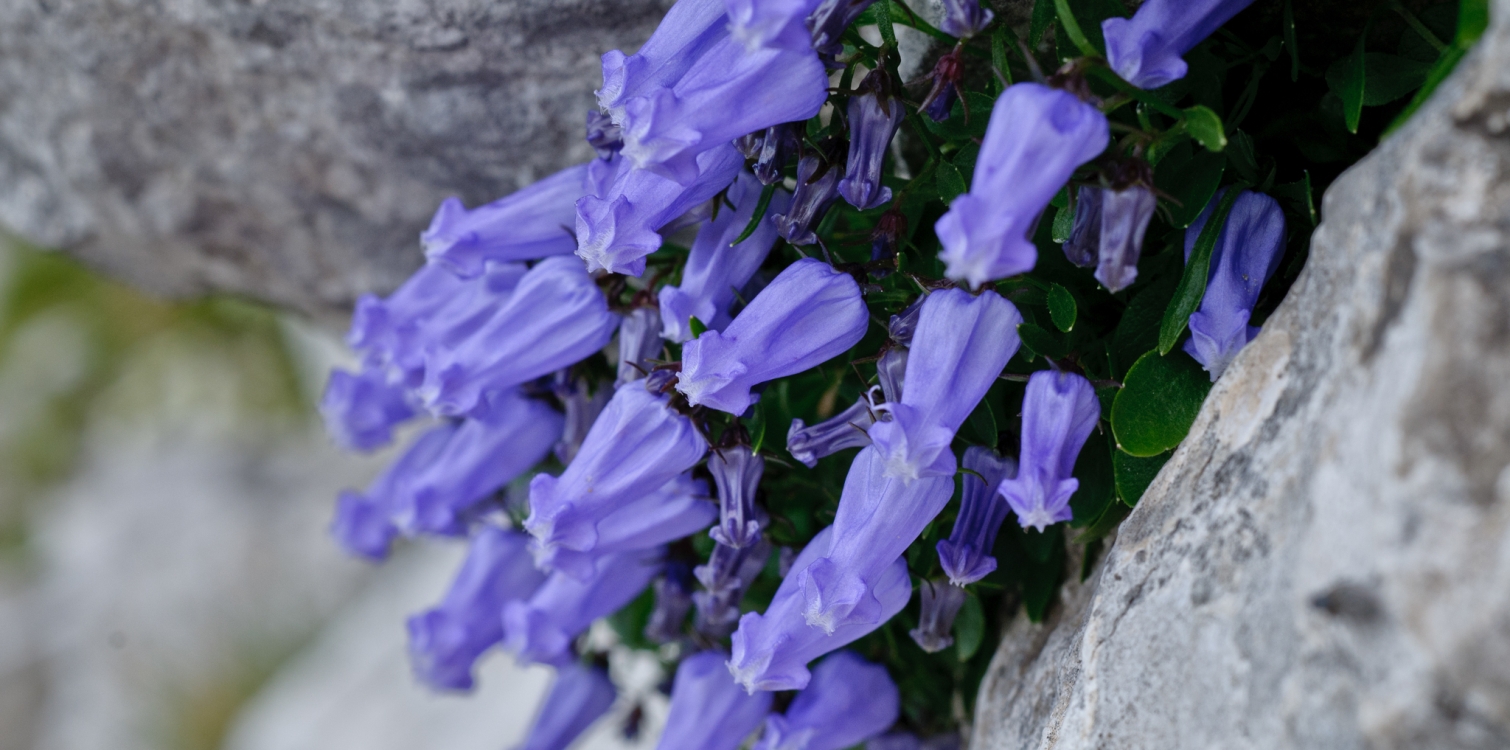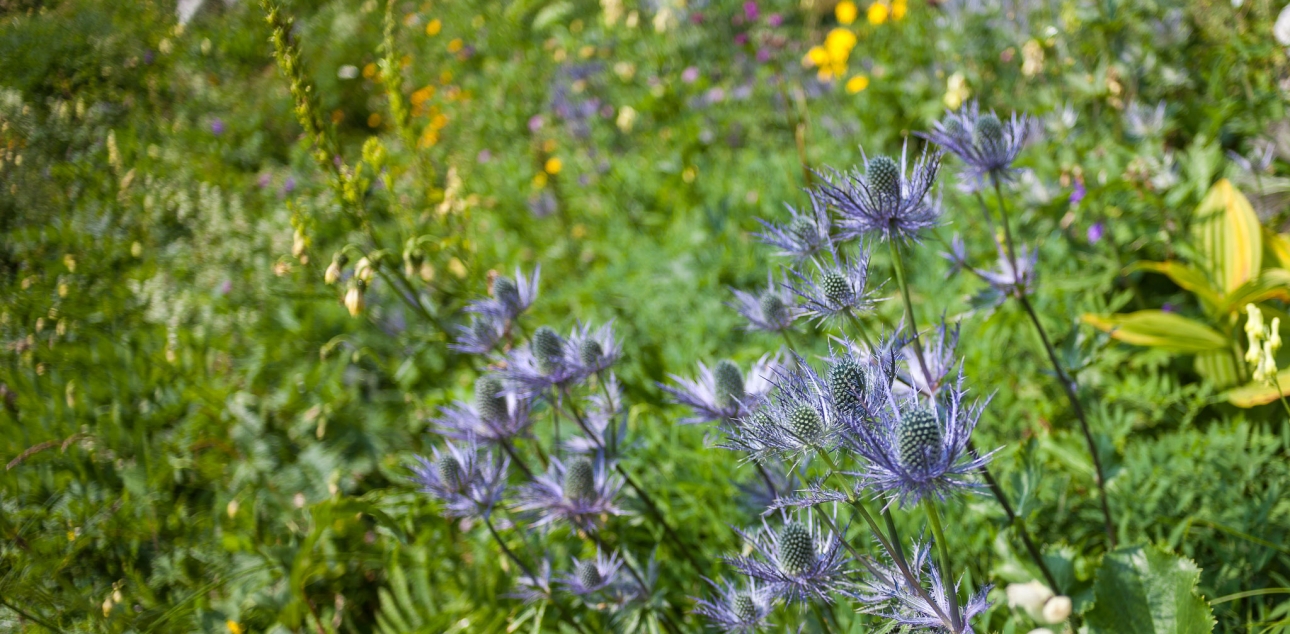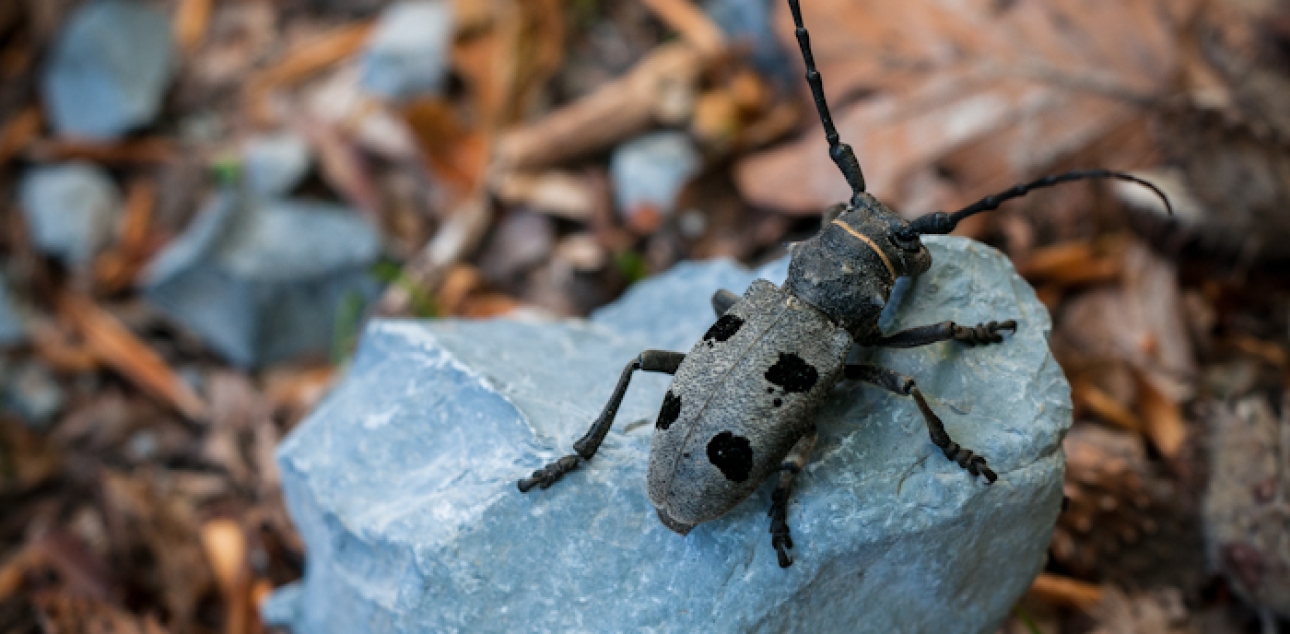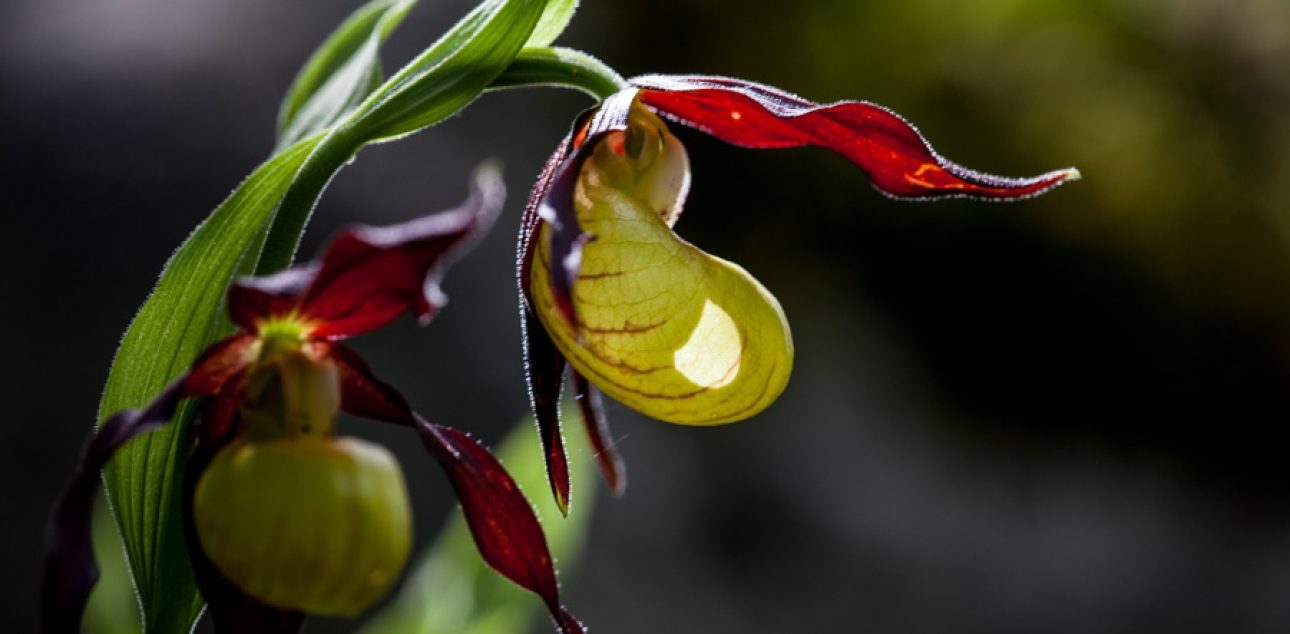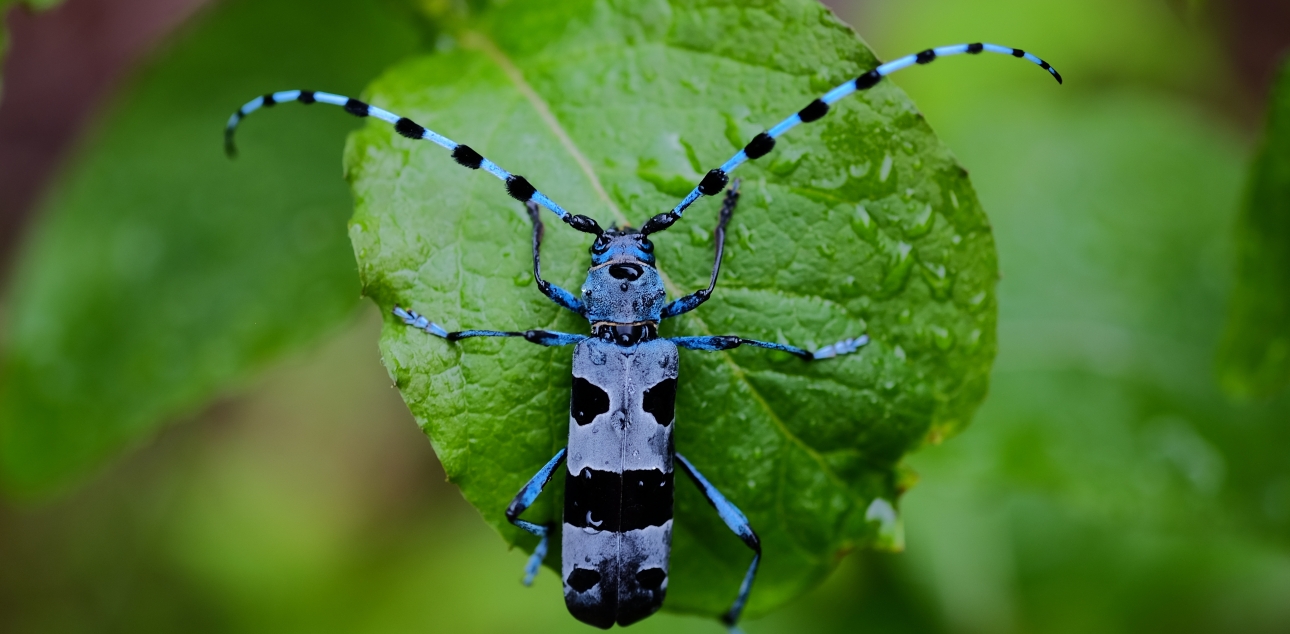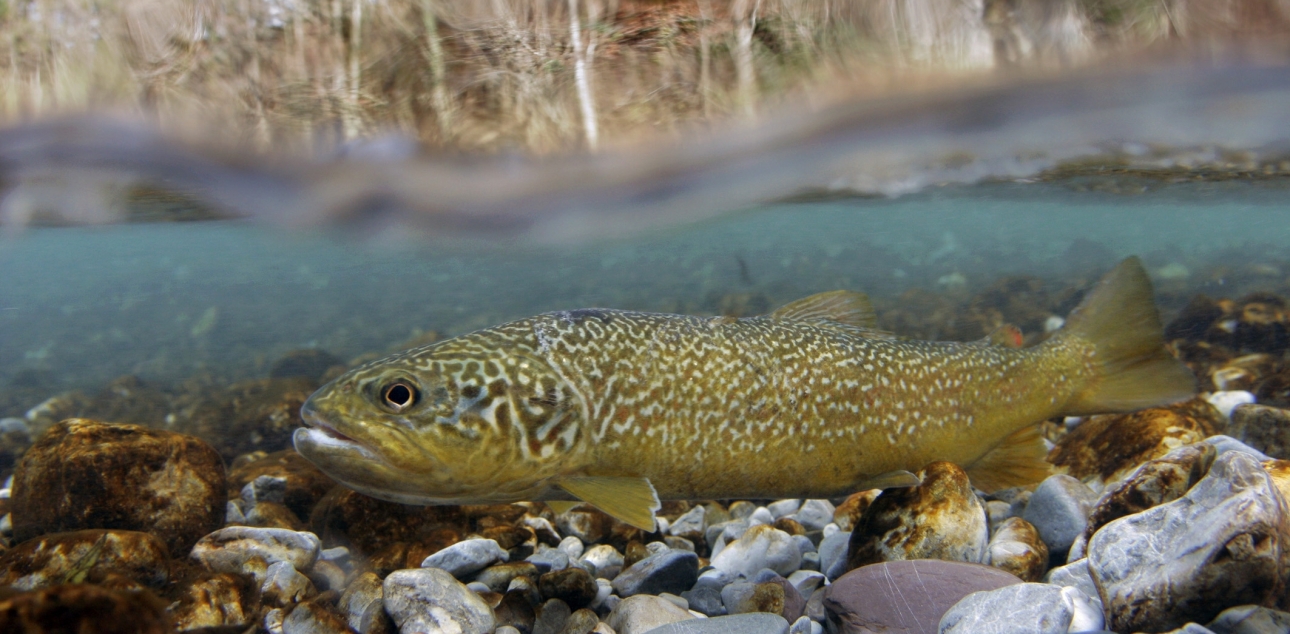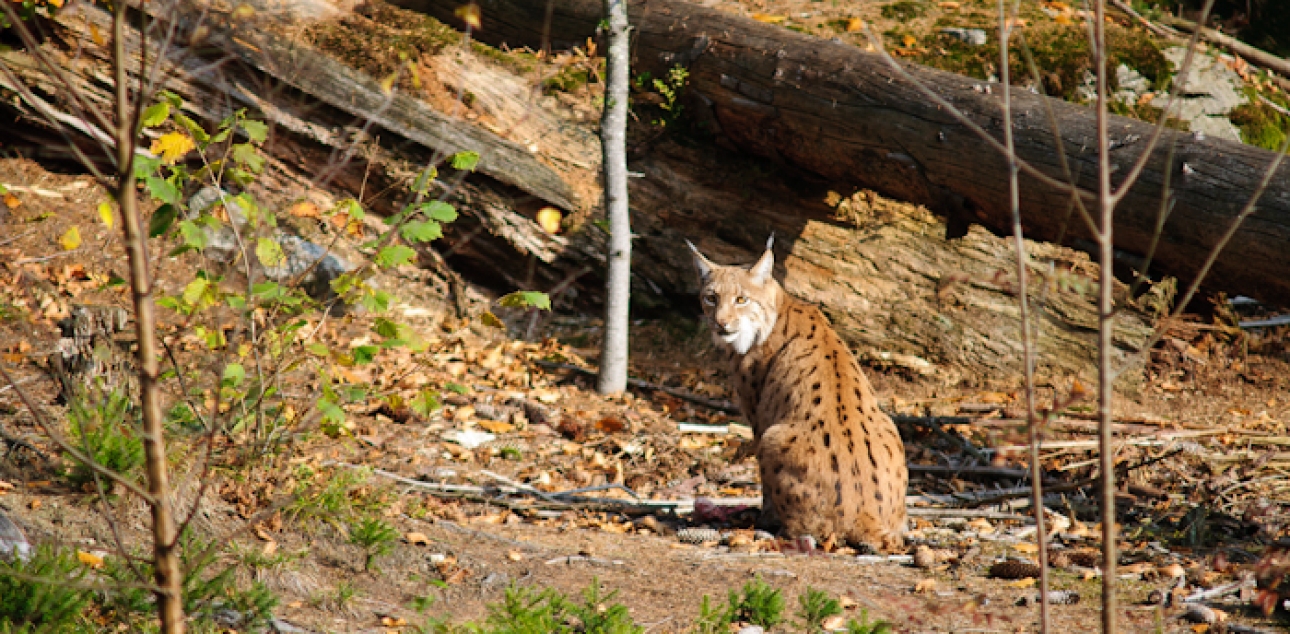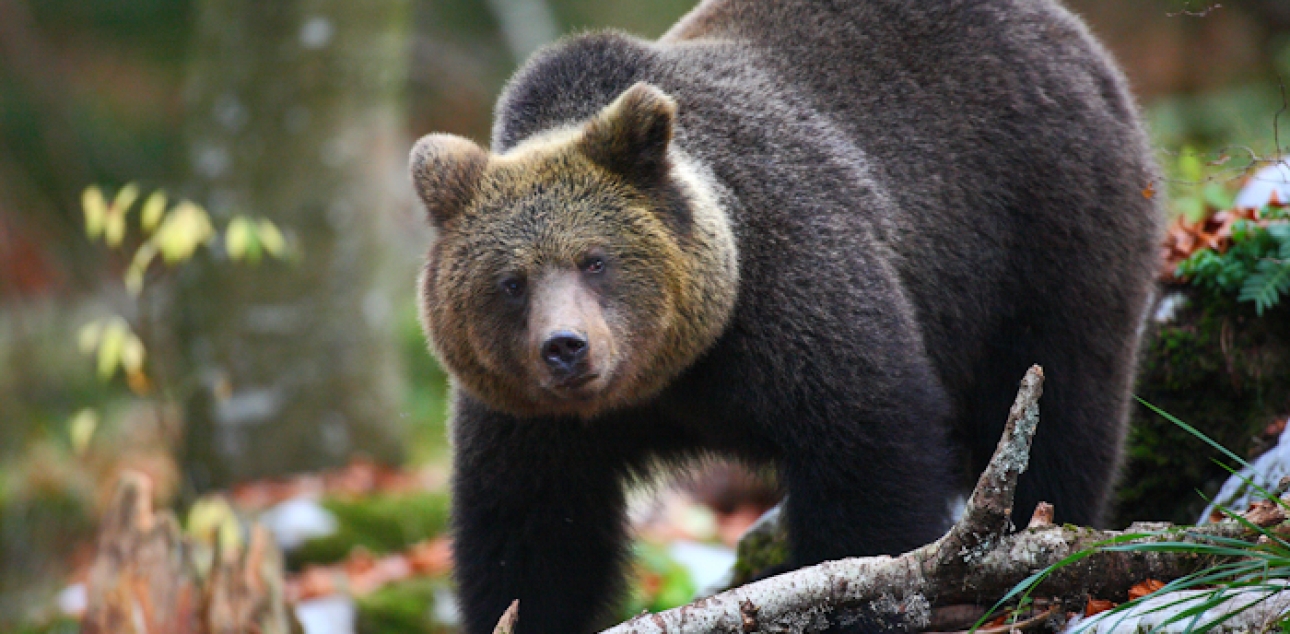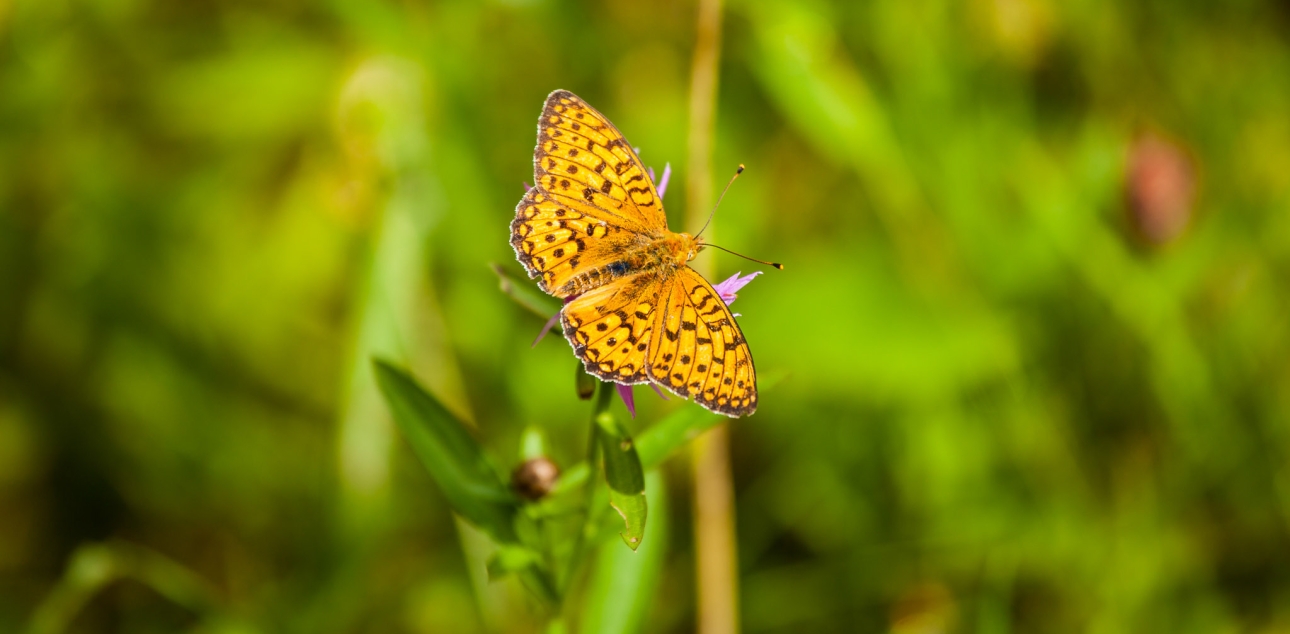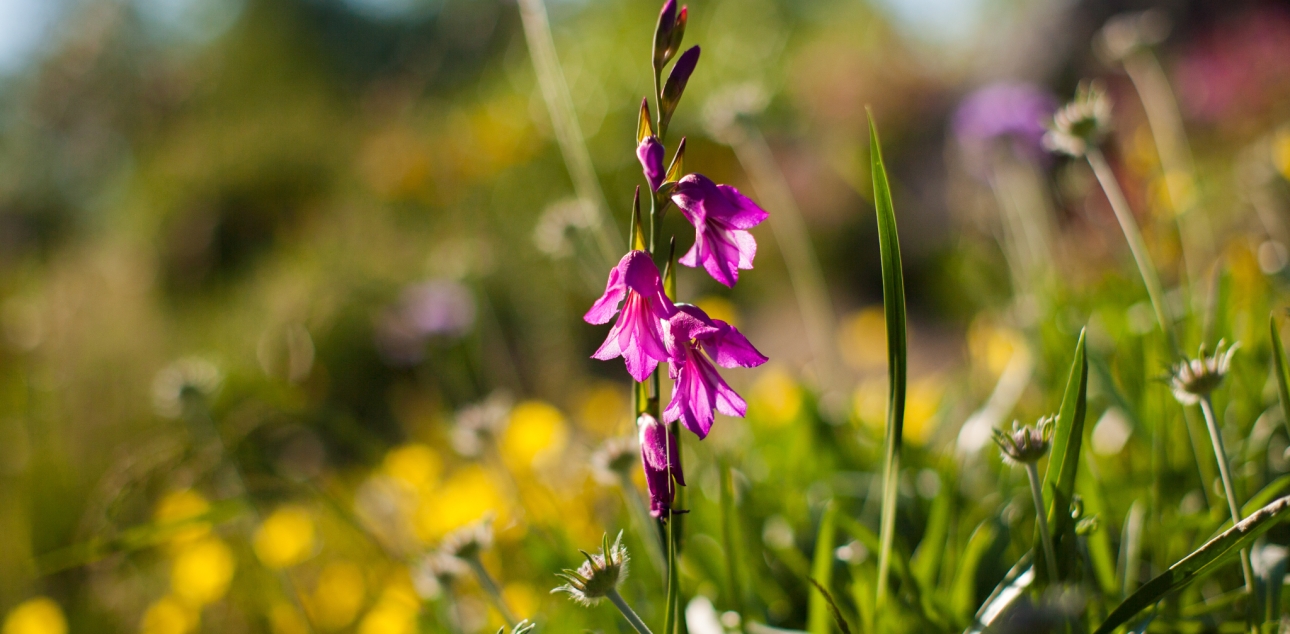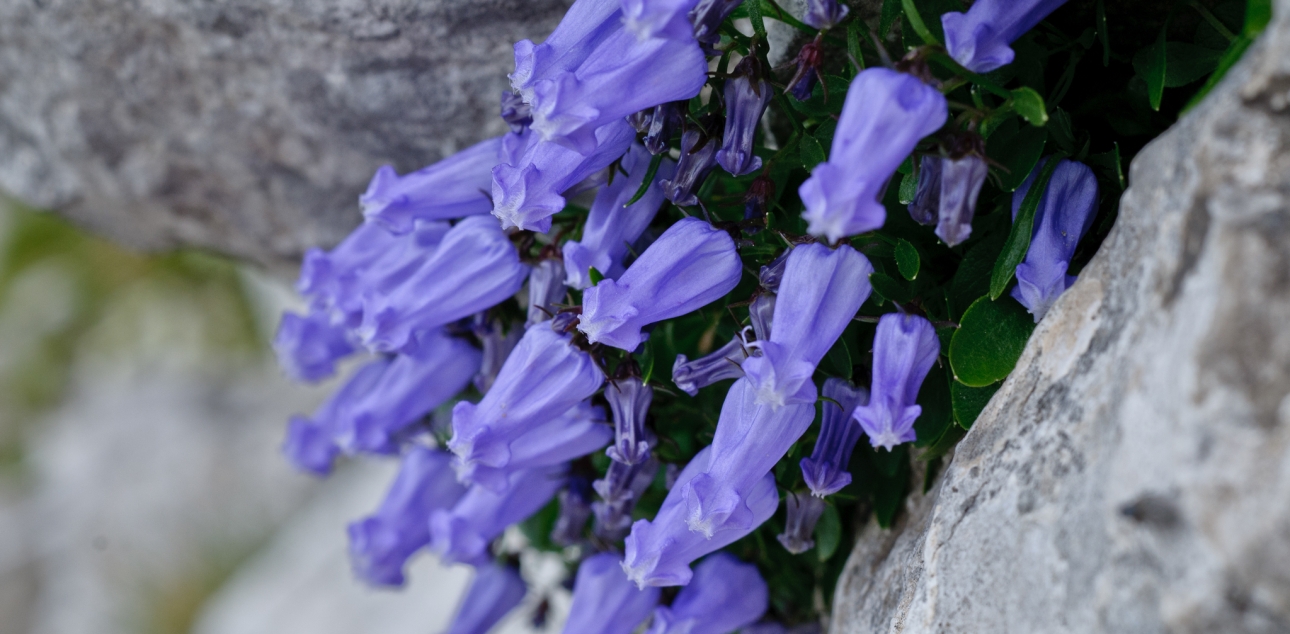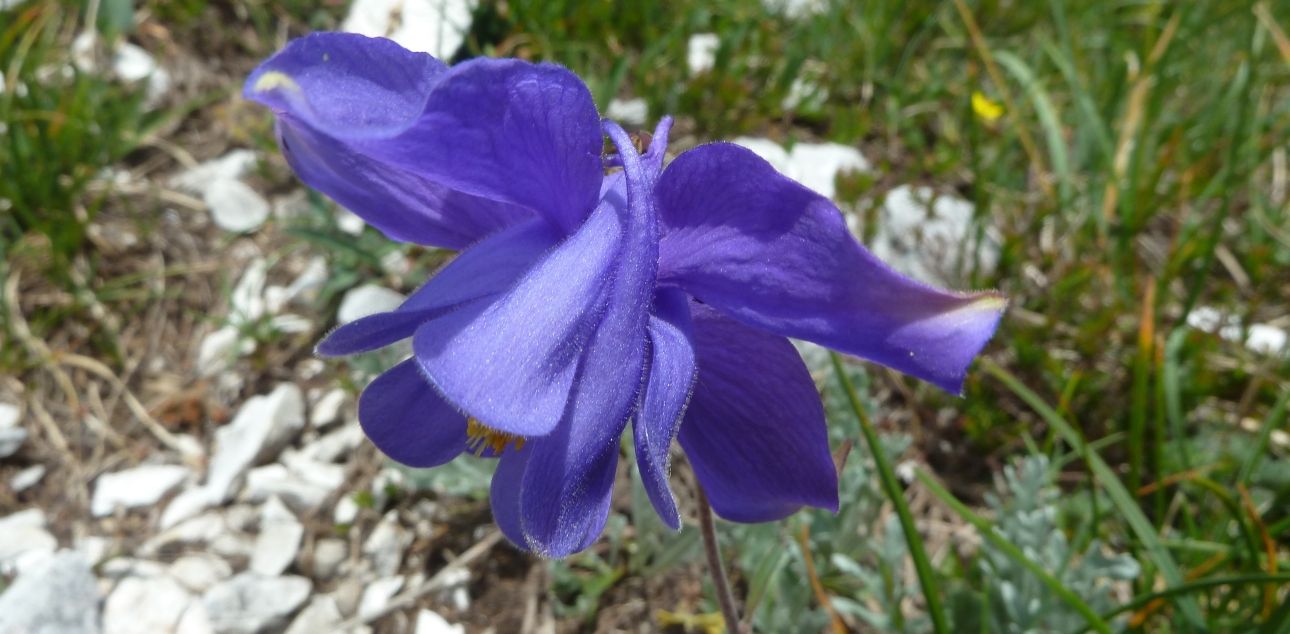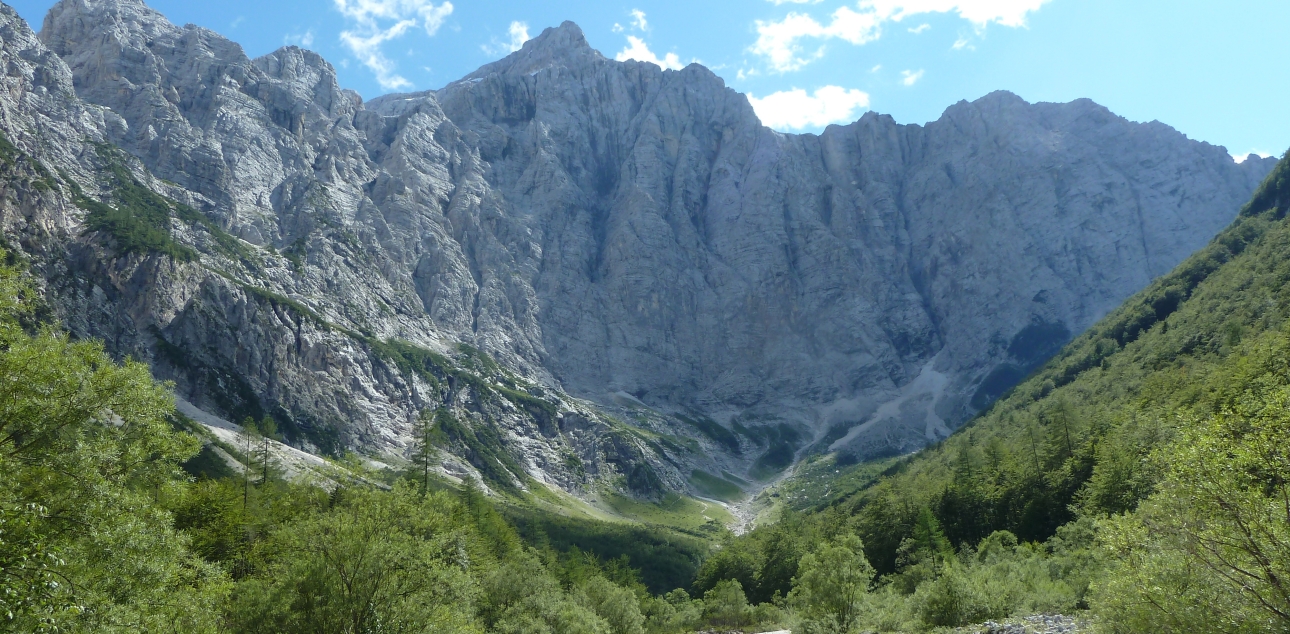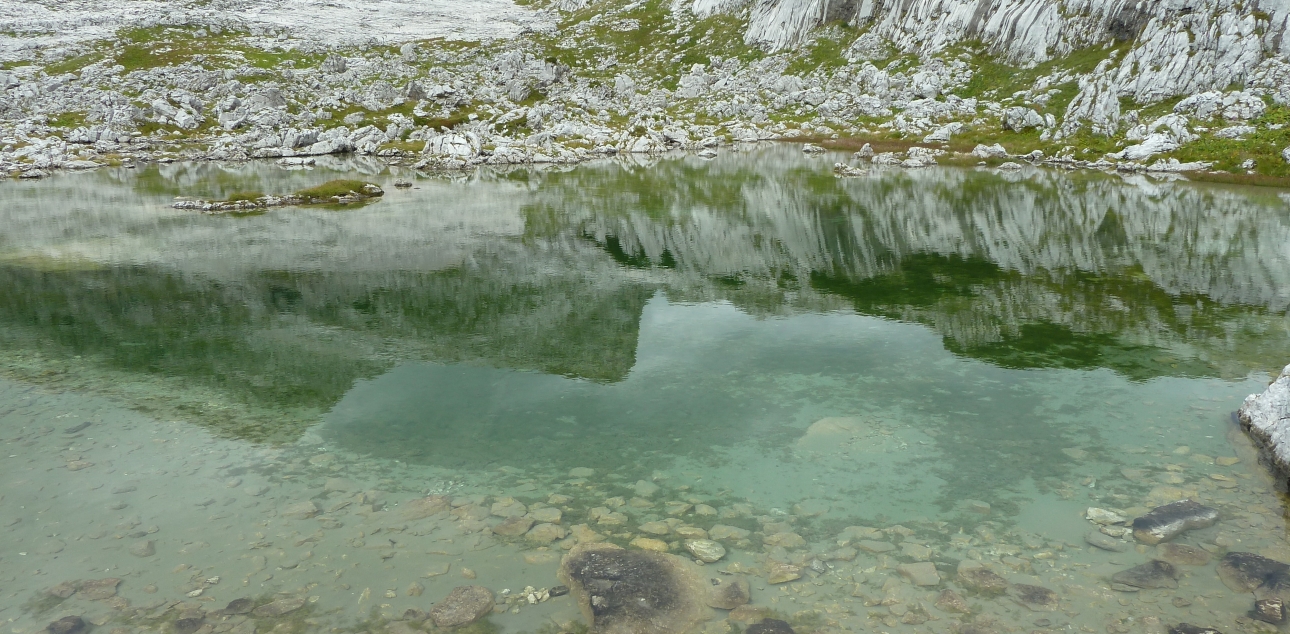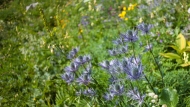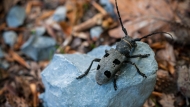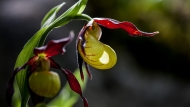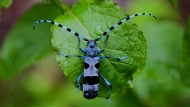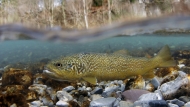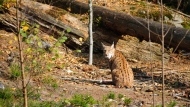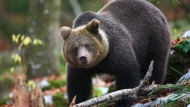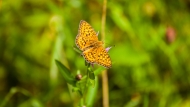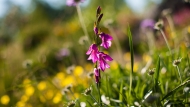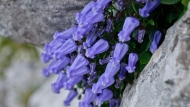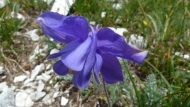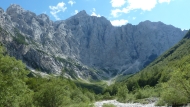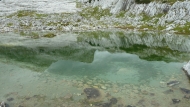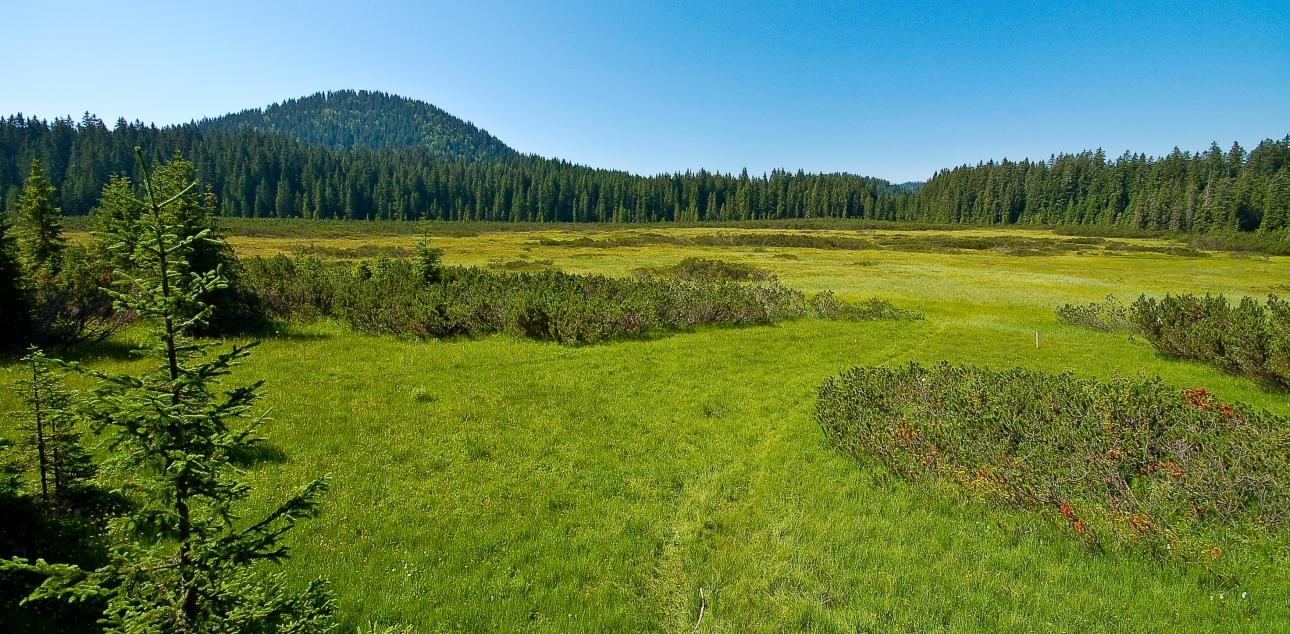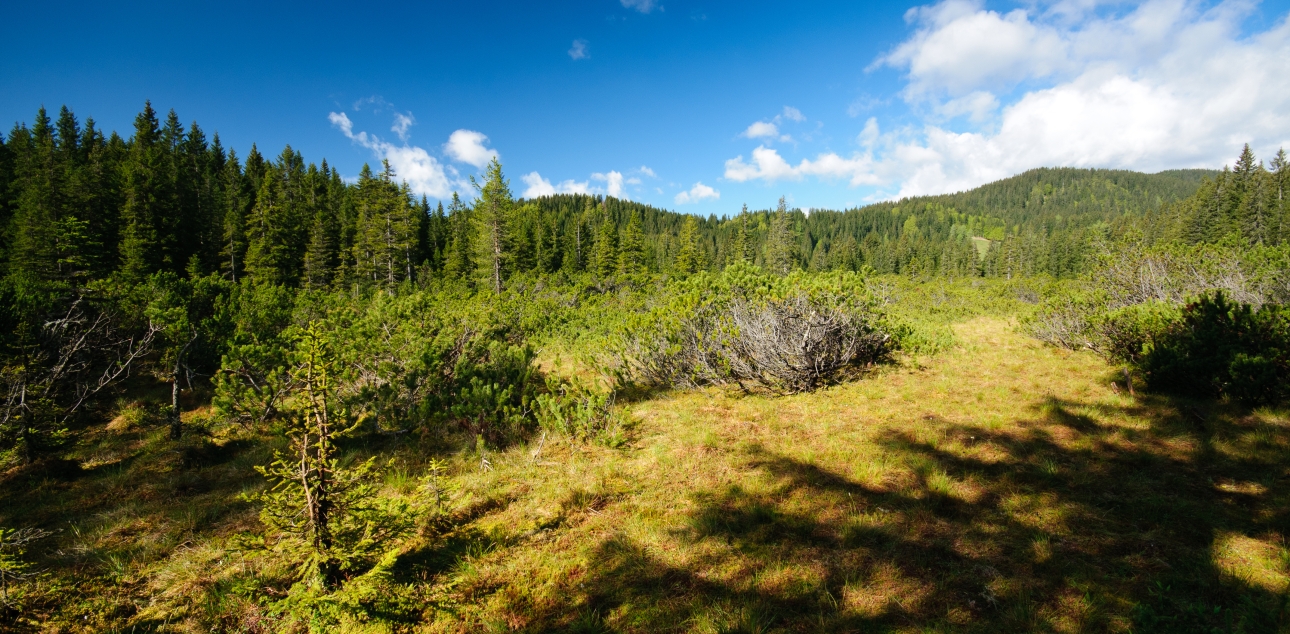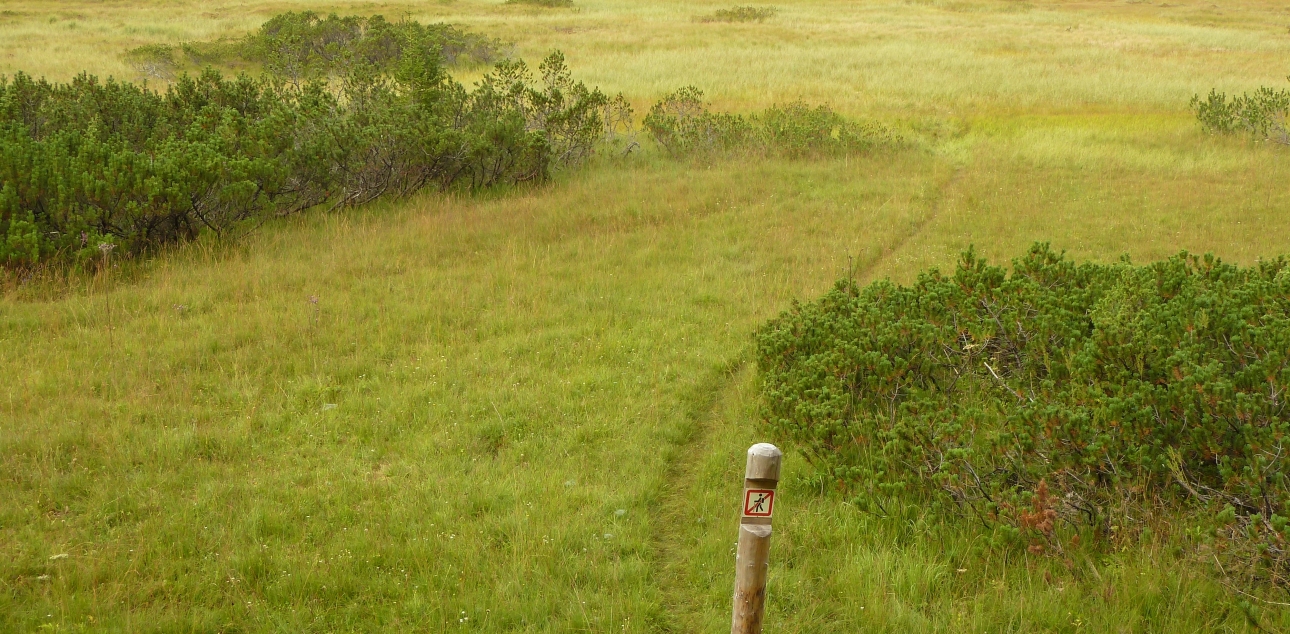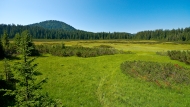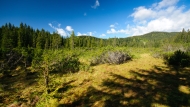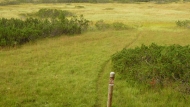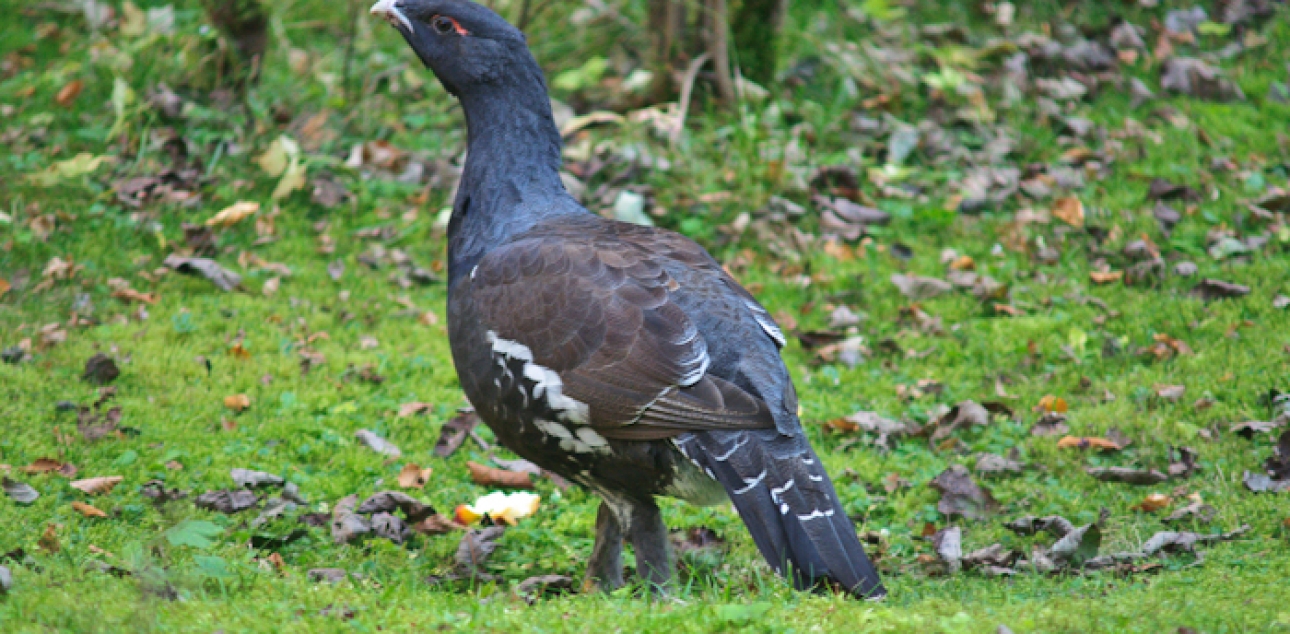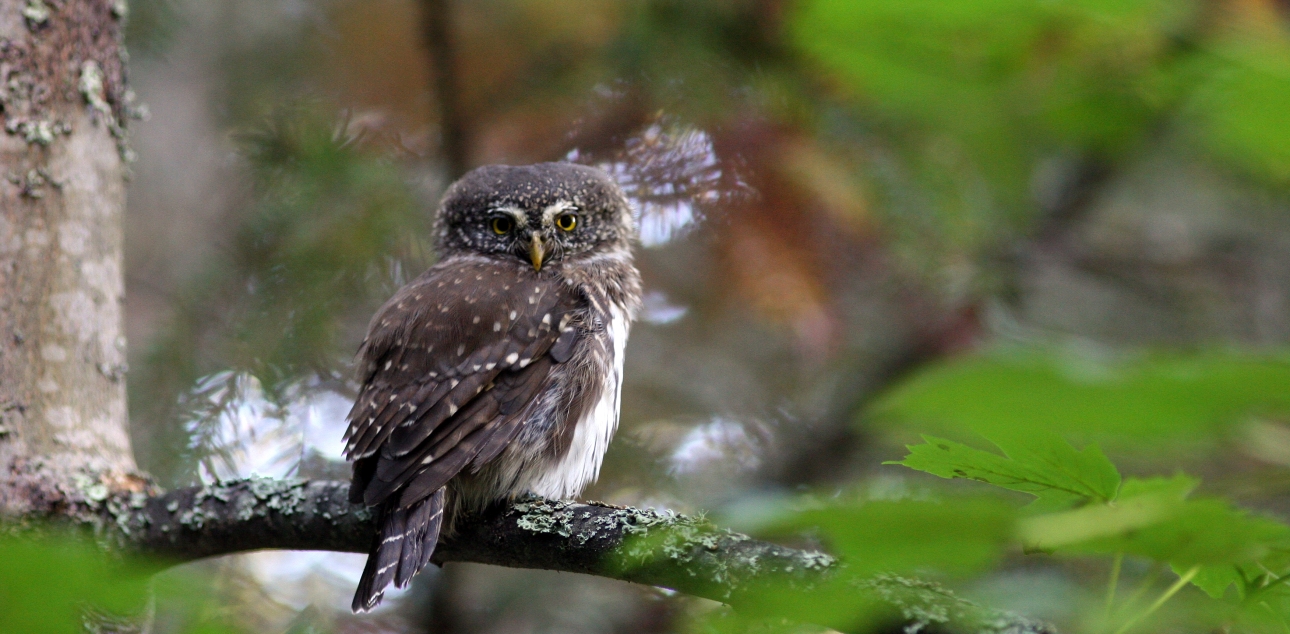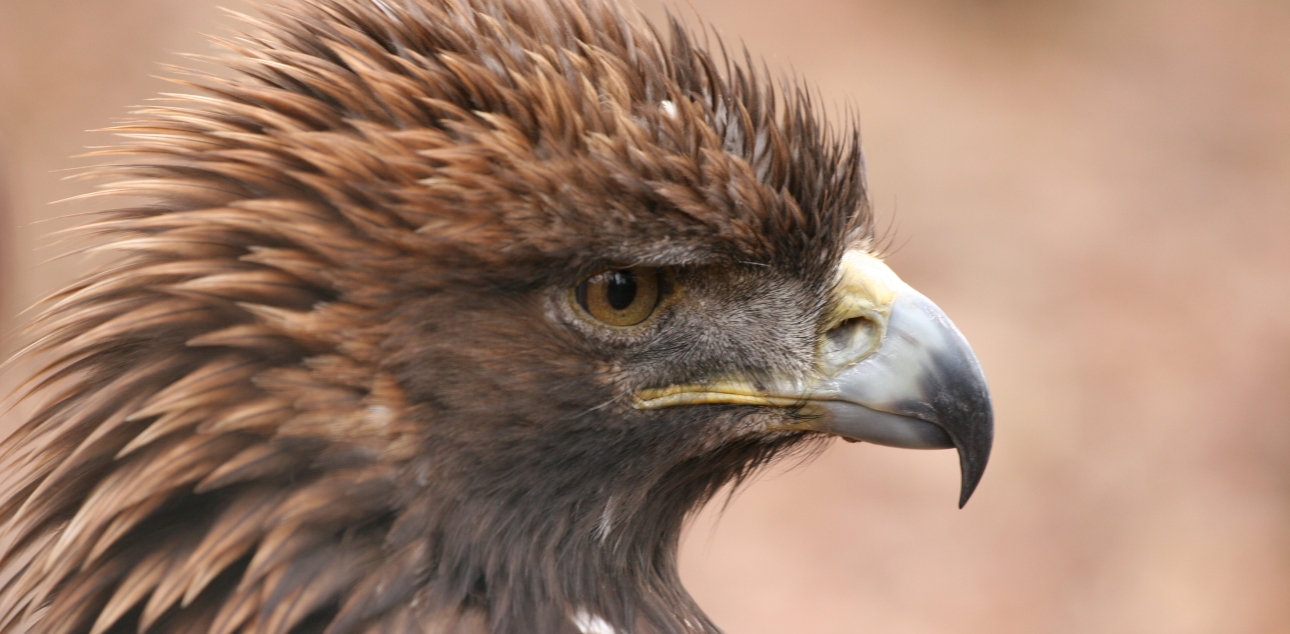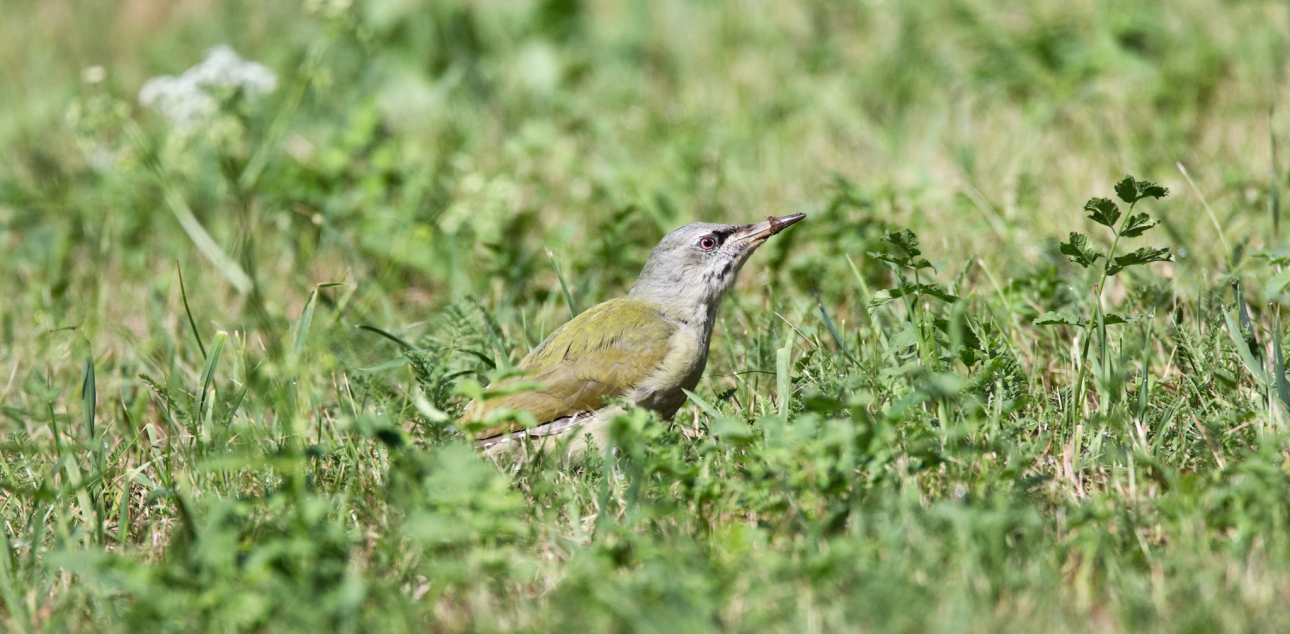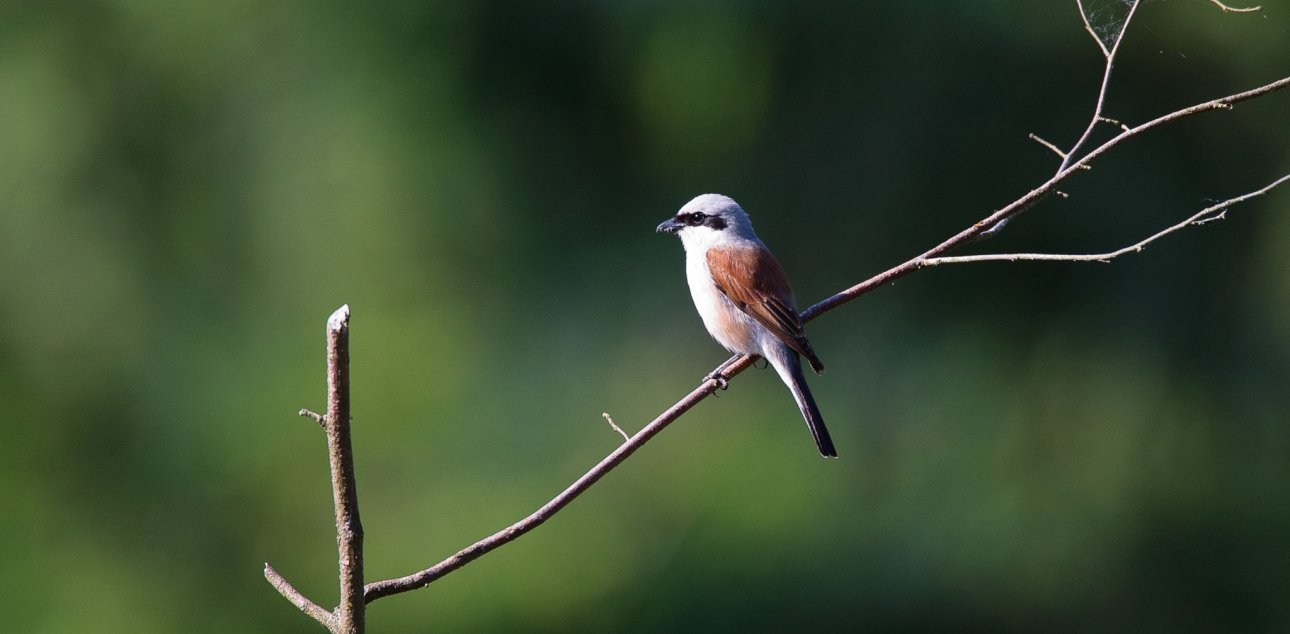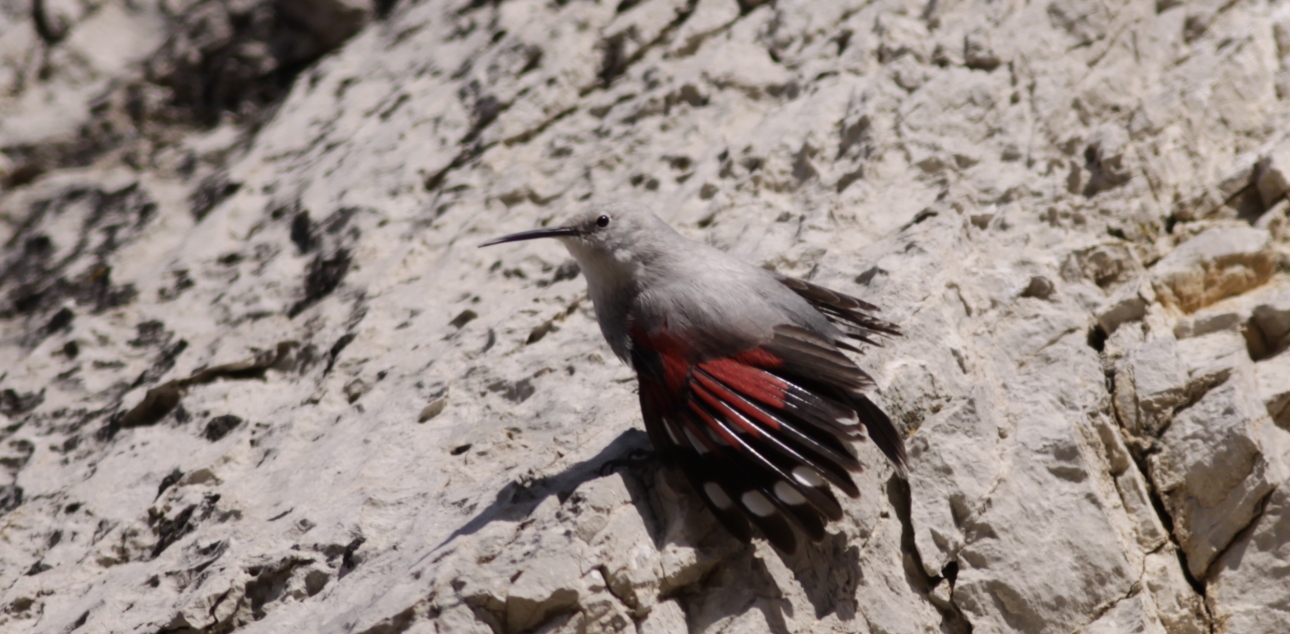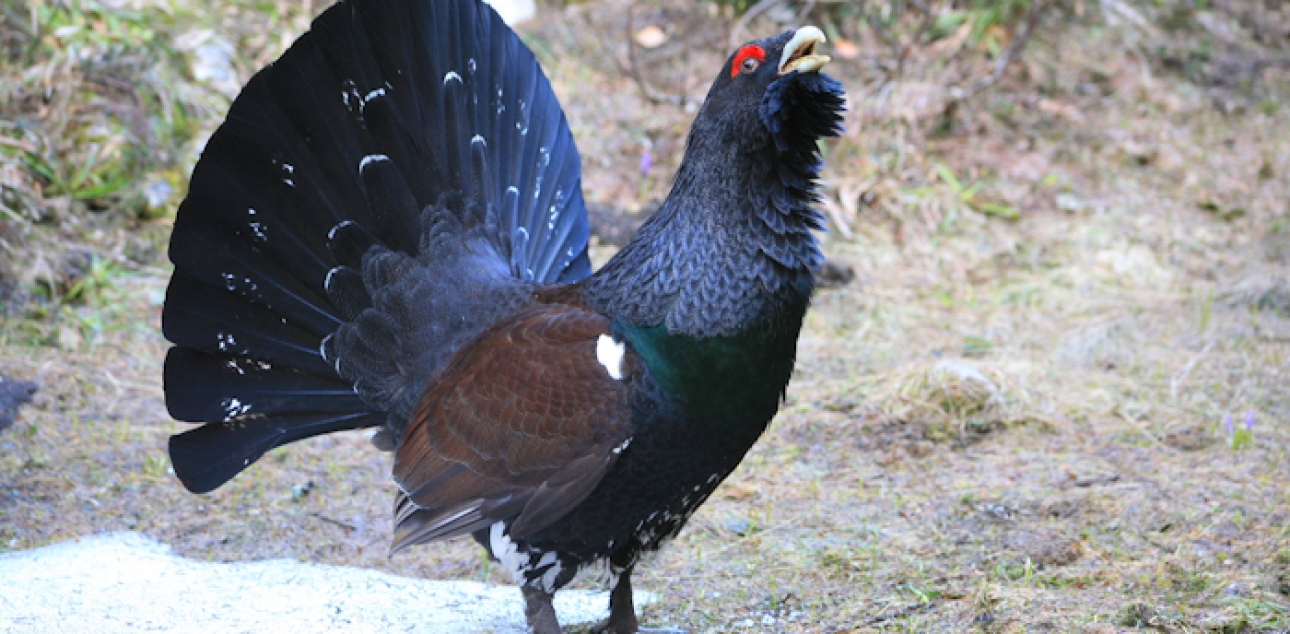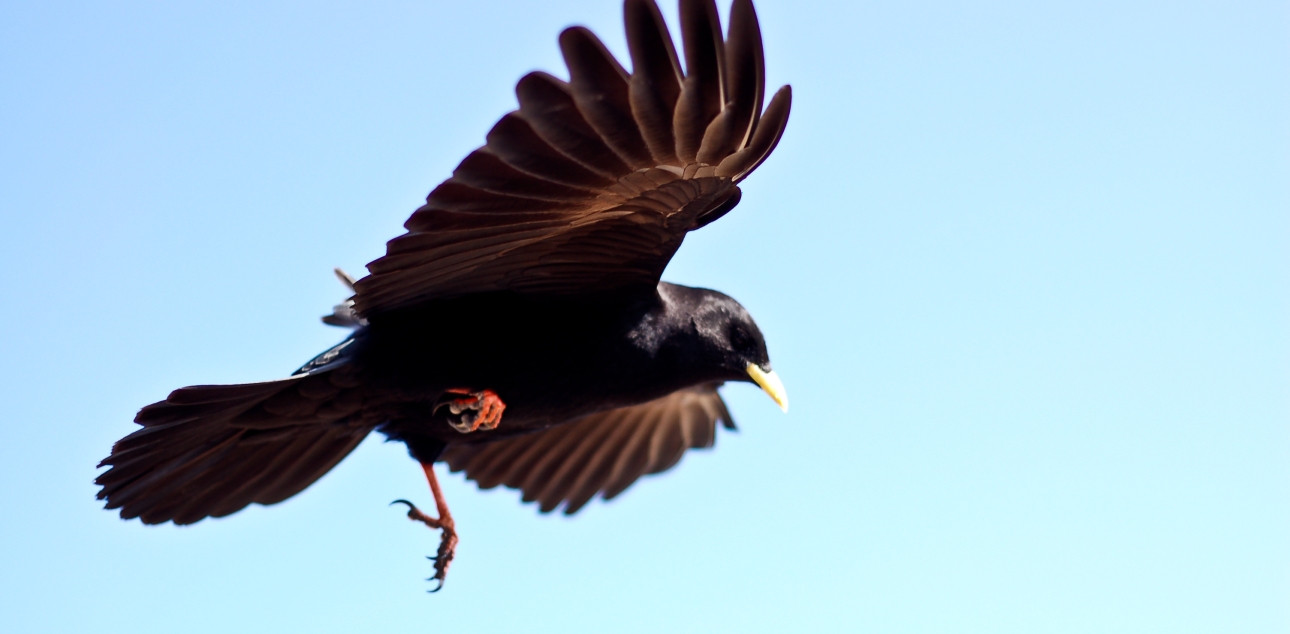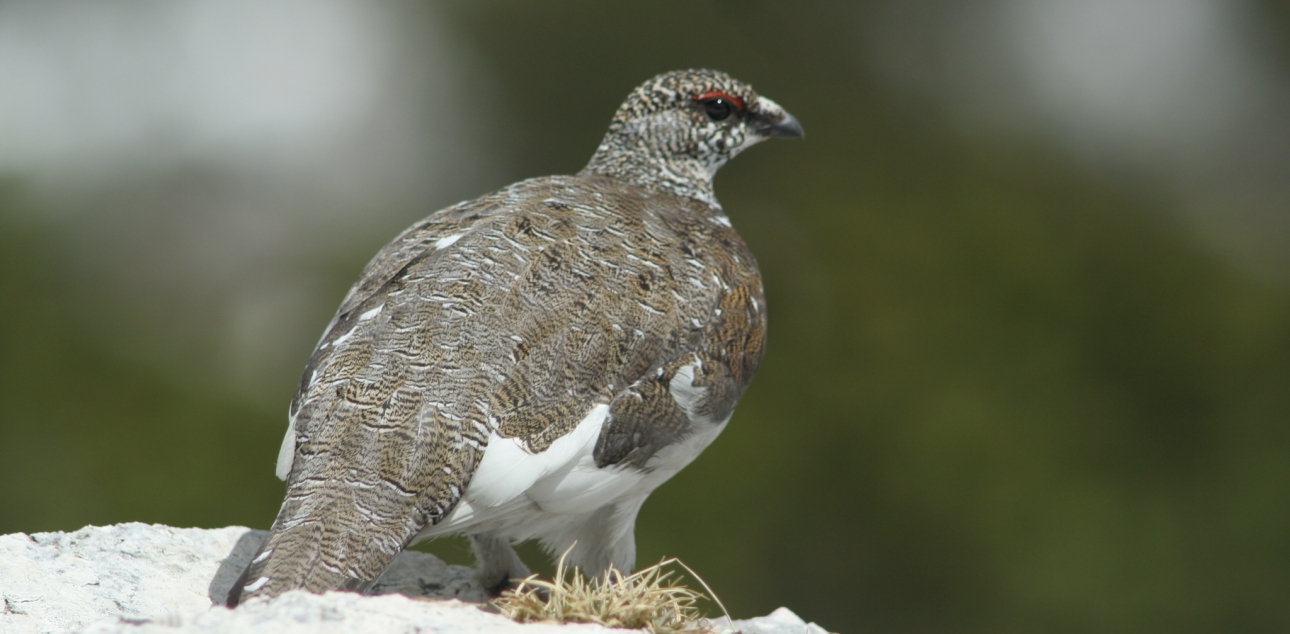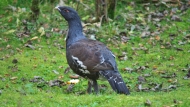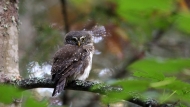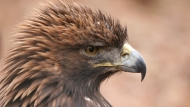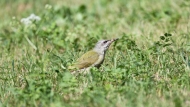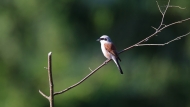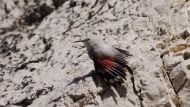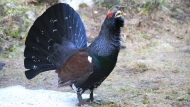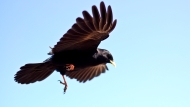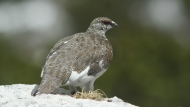Natura 2000 is the European network of special-purpose protected areas, which have been designated by EU Member States under the Habitat Directive and the Birds Directive.
In addition to preserving the natural features of international importance, Natura 2000 sites also promote a balanced development of man's activities.
The entire area of the Triglav National Park is included in the Natura 2000 network as an important habitat for bird species listed in the Birds Directive.
Under the Habitat Directive the area of Triglav National Park includes three Natura 2000 sites: Julian Alps, Pokljuka bogs, and the Radovna River (bridge at Srednja Radovna – HE power plant dam).
Julian Alps
Site: SI3000253
The Julian Alps Natura 2000 site comprises practically the entire surface of the Triglav National Park. With the exception of the Mežakla and Pokljuka plateaus and the area of the Vogel ski resort.
The core of the site is high-altitude mountain ridges with towering peaks and deep-carved glacier valleys. In addition to the alpine valleys, mountain ridges, and peaks of the Julian Alps, other distinctive natural assets in the park include Alpine lakes, Lake Bohinj, waterfalls, gorges, troughs, and high-altitude karst phenomena.
The area boasts well-developed and excellently preserved high-altitude habitat types, which include dwarf pines, Alpine grasslands on limestone, rock crevices, scree on limestone, and limestone plateaus.
The site supports a large majority of the population of Lorkovic's brassy ringlet and the Zois' bellflower, as well as the most important share of self-rejuvenating stands of the black pine in Slovenia.
Species
- Marsh Fritillary (Euphydryas aurinia)
- Lorkovic's brassy ringlet (Erebia calcaria)
- Stag Beetle (Lucanus cervus)
- Russian Leather Beetle (Osmoderma eremita)
- Rosalia Longicorn (Rosalia alpina)
- Morimus funereus
- Stone Crayfish (Austropotamobius torrentium)
- Marble Trout (Salmo marmoratus)
- European Bullhead (Cottus gobio)
- Italian Crested Newt (Triturus carnifex)
- Yellow-bellied Toad (Bombina variegata)
- Western Barbastelle (Barbastella barbastellus)
- Brown Bear (Ursus arctos)
- Eurasian Lynx (Lynx lynx)
- Dicranum viride
- Botrychium simplex
- Bertoloni Columbine (Aquilegia bertolonii)
- Alpine Eryngo (Eryngium alpinum)
- Lady's-slipper Orchid (Cypripedium calceolus)
- Stephanopachys substriatus
- Zois' Bellflower (Campanula zoysii)
- Short-haired Sandwort (Moehringia villosa)
- Marsh Gladiolus (Gladiolus palustris)
Habitat types
- Hard oligo-mesotrophic waters with benthic vegetation of Chara spp.
- Alpine rivers and the herbaceous vegetation along their banks
- Alpine rivers and their ligneous vegetation with Myricaria germanica
- Alpine rivers and their ligneous vegetation with Salix elaeagnos
- Alpine and Boreal heaths
- Bushes with Pinus mugo and Rhododendron hirsutum (Mugo-Rhododendretum hirsuti)
- Rupicolous calcareous or basophilic grasslands of the Alysso-Sedion albi
- Siliceous alpine and boreal grasslands
- Alpine and subalpine calcareous grasslands
- Semi-natural dry grasslands and scrubland facies on calcareous substrates (Festuco Brometalia) (*important orchid sites)
- Species-rich Nardus grasslands, on siliceous substrates in mountain areas (and submountain areas in Continental Europe)
- Hydrophilous tall herb fringe communities of plains and of the montane to alpine levels
- Lowland hay meadows (Alopecurus pratensis, Sanguisorba officinalis)
- Mountain hay meadows
- Transition mires and quaking bogs
- Calcareous and calcshist screes of the montane to alpine levels (Thlaspietea rotundifolii)
- Medio-European calcareous screes of hill and montane levels
- Calcareous rocky slopes with chasmophytic vegetation
- Siliceous rocky slopes with chasmophytic vegetation
- Limestone pavements
- Caves not open to the public
- Permanent glaciers
- Alluvial forests with Alnus glutinosa and Fraxinus excelsior (Alno-Padion, Alnion incanae, Salicion albae)
- Illyrian Fagus sylvatica forests (Aremonio-Fagion)
- Acidophilous Picea forests of the montane to alpine levels (Vaccinio-Piceetea)
- (Sub-) Mediterranean pine forests with endemic black pines
Pokljuka Bogs
Site: SI3000278
The site is located in the centre of the Pokljuka plateau. It covers vital peat bog areas within the Triglav National Park. This area is home to one of the two largest and most beautiful raised bogs in Slovenia (southernmost border of the European distribution range).
In terms of altitude, the site reaches from 1180m above sea level to Javorov vrh at 1480m. The lowest and highest points are both located on the southern edge of the site. The site is divided into three parts: eastern, central, and western. The eastern and central part are characterised by high nature conservation status with sustainable forests and valuable peat bogs. In the east, forest diversity is considerably lower than in the west.
The central part of the site is the Goreljek pasture, where constant urbanisation and construction of holiday homes has led to serious degradation of natural and cultural heritage. The pasture contains a small bog, which is now used for educational pruposes.
Habitati types
- Active raised bogs
- Transition mires and quaking bogs
- Alkaline fens
- Bog woodland
Radovna
Site: SI3000133
The site is limited to the watercourse of the river and some shore vegetation. It stretches from the bridge at Srednja Radovna to the Šum Waterfall.
The Radovna is a mountain river which flows through the valleys of Zgornja Radovna and Spodnja Radovna in the Triglav National Park. The river springs to the surface at Jutrova skala. Most of its water is collected underground from the Kotarica and Krmarica springs. The Radovna has several tributaries, the list of the largest including Zmrzlek, Ravnik, Lipnik, Smešnik, Budin, Ribščica and Rečica. The Radovna hydroelectric power plant is located near the Lipnik spring.
The Radovna ends its course by joining the Sava Dolinka after having made 17 km and 250 m height difference. The water table is highest in the spring, when snow melts in the mountains, and in autumn, when there is more rain.
From Krnica to Zgornji Graben the river flows over limestone rocks: in its lower course it runs over meadows until it reaches the famous narrow Alpine ravine Vintgar squeezed between the hills of Hom and Boršt. At the end of the ravine, the Radovna cascades into the Šum Waterfall.
The Radovna is mainly populated with salmonoids, in particular the brown trout. Rainbow trout, which is input for the needs of sport fishing, is of lower occurrence. Another species that is introduced into the river is the brook trout, which also reproduces. Other fish species present in the Radovna River are grayling and bullhead, which is of rarer occurrence.
Species
- European Bullhead (Cottus gobio)
The Julians (Juljici)
Site: SI5000019
The border of the site copincides with the border of the Triglav National Park, with two neglible extensions in the northern edge of the Mežakla plateau and above the Sava Bohinjka valley.
The area contains Slovenia's most important IBAs for the ptarmigan (more than a half of Slovenia's population), black grouse (more than a half of Slovenia's population) and rock partridge (half of Slovenia's population). It is Slovenia's most important site for the golden eagle (a third of the country's population), red-breasted flycatcher (a third of the country's population) and boreal owl (a fifth of the country's population), as well as the second most important site for the capercaillie (15% of Slovenian population).
A large part of the area is used for intensive economic activities, which negatively affects certain bird species that require dry or dead trees to survive. Forestry activities disturb the birds during nesting.
The rock partridge and other grassland birds are threatened by the discontinuation of high-altitude grazing. Further negative influences most likely result from mass tourism, present in most of the Park. Large predators suffer from the pressure caused by different air sports.
Species
- Boreal Owl (Aegolius funereus)
- Rock Partridge (Alectoris graeca)
- Golden Eagle (Aquila chrysaetos)
- Hazel Grouse (Bonasa bonasia)
- Corn Crake (Crex crex)
- Black Woodpecker (Dryocopus martius)
- Rock Bunting (Emberiza cia)
- Peregrine Falcon (Falco peregrinus)
- Red-breasted Flycatcher (Ficedula parva)
- Eurasian Pygmy Owl (Glaucidium passerinum)
- Griffon Vulture (Gyps fulvus)
- Rock Ptarmigan (Lagopus mutus helveticus)
- Red-backed Shrike (Lanius collurio)
- Common Rock Thrush (Monticola saxatilis)
- White-winged Snowfinch (Montifringilla nivalis)
- Northern Wheatear (Oenanthe oenanthe)
- Common Redstart (Phoenicurus phoenicurus)
- Western Bonelli's warbler (Phylloscopus bonelli)
- Three-toed Woodpecker (Picoides tridactylus)
- Grey-headed Woodpecker (Picus canus)
- Alpine Accentor (Prunella collaris)
- Alpine Chough (Pyrrhocorax graculus)
- Whinchat (Saxicola rubetra)
- Ural Owl (Strix uralensis)
- Black Grouse (Tetrao tetrix tetrix)
- Western Capercaillie (Tetrao urogallus)
- Wallcreeper (Tichodroma muraria)
- Ring Ouzel (Turdus torquatus)

